How To Get Rid Of Scars On Lips
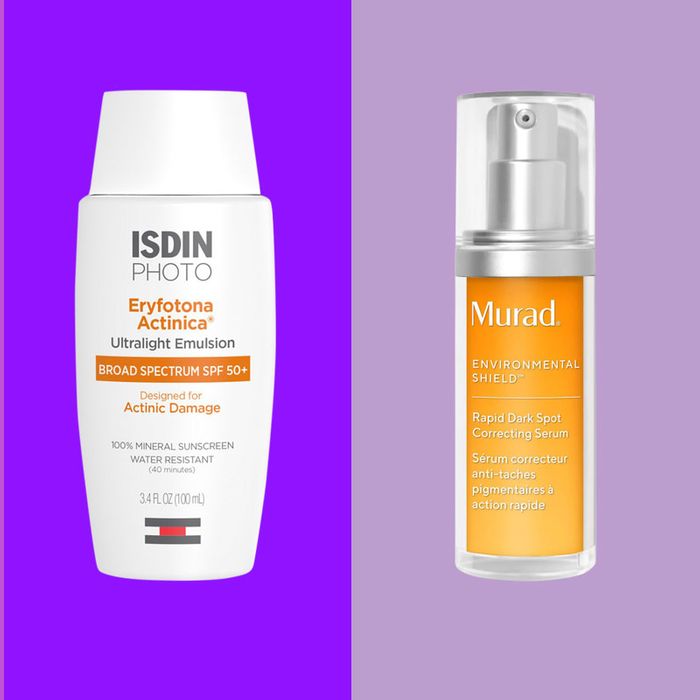
Photo-Illustration: Courtesy Fox Searchlight Pictures
Scars come in all sorts of shapes and sizes. And as much as they have a bad reputation, they're part of the body's healing process. Scarring is normal, necessary, and the consequence of "inflammatory cells coming in to stop bleeding, prevent infection, and lay down new collagen to 'close' the wound," explains Cybele Fishman, a board-certified dermatologist and assistant clinical professor of dermatology at Mount Sinai Hospital. Unfortunately, scars do sometimes end up being a cosmetic concern, according to Dr. Jody A. Levine, the director of dermatology at Plastic Surgery & Dermatology of NYC.
We tend to pay particular attention to scarring on our faces, like the average acne scar or hyperpigmentation. But here, we're focusing on helping you treat scars that form after a surgery or significant injury, typically on the body. Surgery scars tend to be linear because they form from wounds that are created in a controlled setting. "This maximizes the chance for a less noticeable scar," Levine says, while scars from injuries tend to be less predictable.
Experts agree that in-office laser treatments are the most effective way to improve the appearance of scars. "Lasers can target pigment in the scar or help remodel the collagen to heal the scar texture," board-certified dermatologist Dr. Anna Karp told us. More recently, microneedling has been a popular in-office treatment for scarring, especially ones caused by acne, according to Fishman. The process uses "fine needles to mechanically disrupt the skin and cause a controlled wound, which then sets about repair mechanisms in your skin to build more collagen and elastic tissue." That doesn't mean there aren't ways to help heal scars at home."The goal is to treat wounds early and well to prevent the formation of a hypertrophic scar, which is a raised scar that stays within the confines of the wound," explains dermatologist Anita Cela, who specializes in cosmetic dermatology. To help, we talked to dermatologists about the most effective over-the-counter products for getting rid of scars, plus what to use to prevent a scar from forming in the first place. Because there is no all-in-one, holy-grail scar treatment, we've instead organized their recommendations into an easy to follow step-by-step guide to treating scars.
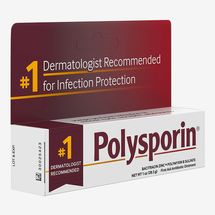
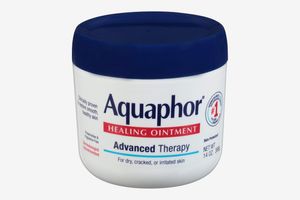
The first line of defense is to keep the wound clean, moist, and covered in the early hours, days, and weeks — before you even start using a scar treatment. "Don't let the wound get infected," cautions Dr. Kenneth Howe of Wexler Dermatology. "This may necessitate the use of a topical antibiotic like bacitracin ointment, which is especially important if the wound occurred with concomitant contamination" — for example, a road-rash injury from skateboarding. (Polysporin contains bacitracin zinc in addition to a second antibiotic, polymyxin B, though you can get ointments that contain just bacitracin.) After you've treated the wound with antibiotics, Dr. Jennifer Chwalek, who practices with Union Square Laser Dermatology, says that "you want to keep the wound hydrated with something like Aquaphor, as this promotes faster healing." It's a myth that you want to air out the wound and let it dry, because that will form a scab, which can cause more scarring and take longer to heal. "Avoid wound breakdown," adds Howe. "Proper wound dressing can help in this regard." Aquaphor is also a favorite of Dr. Rachel Nazarian, a dermatologist at Schweiger Dermatology Group, for its infection prevention and protection that stimulates the healing of wounds.
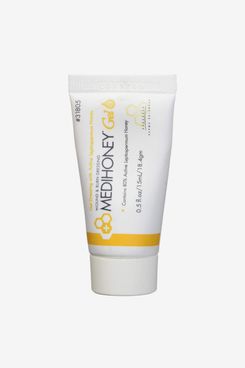
"Honey has been used for centuries for wound healing because of its antibacterial and hydrating properties, especially in burn wounds," says dermatologist Adeline Kikam, founder of @brownskinderm, a platform dedicated to skin care and dermatology information in skin of color. While there haven't been many studies on how honey heals wounds, Kikam says that new research suggests it can help with scar reduction, so she says it's worth trying on mild wounds and burns. Fishman seconded this sentiment, saying that honey features antimicrobial compounds and an acidic pH, which helps with wound-healing.
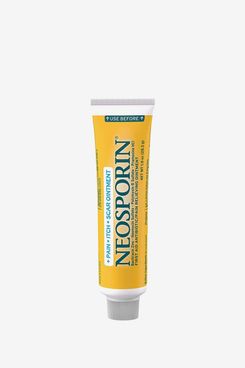
It's critical to clean a wound when it first happens, and any foreign materials — think bits of gravel or dirt — can cause even worse scarring and long-term discoloration, according to Dr. Melissa Doft of Doft Plastic Surgery. Once a wound is clean, Doft suggests maintaining a moist (but not wet) environment around it. She's a fan of Neosporin for its antibiotic qualities. This particular formula is designed to minimize the look of scars along with providing itch relief.
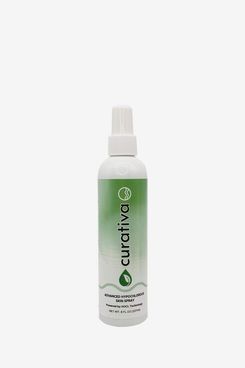
Karp agrees that your top priority should be keeping the area around a scar clean, and she prefers hypochlorous-acid sprays to prevent bacterial growth, explaining that this antibacterial and anti-inflammatory acid is actually naturally found in our bodies (thanks to our white blood cells) and that most people aren't sensitive to it, either.
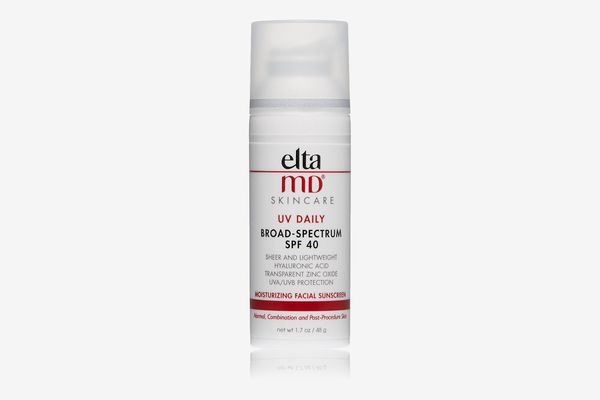
Protecting the wound from the sun is also key. That's especially true of newer wounds, since "some protection is essential for the first six months while the scar is remodeling and healing," Doft explains."The sun is your enemy and will impede good wound healing and worsen the scar," says Fishman. Evan Rieder, a board-certified dermatologist and faculty member in the Ronald O. Perelman Department of Dermatology at NYU Langone (he's also board-certified in psychiatry), agrees: "Any sort of exposure will make the scar darker." Rieder recommends sunscreen with physical blockers, or those that contain active mineral ingredients, like zinc and titanium. Howe says that "a fresh wound or scar is more prone to sunburn than normal skin," and that "a titanium- or zinc-containing sunscreen that's at least an SPF 30 should be applied daily." He and Cela recommend sunscreens from EltaMD, which happens to be a Strategist favorite.
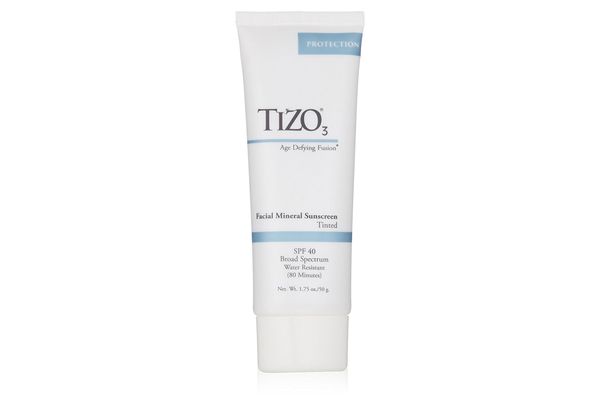
Cela also likes this mineral sunscreen Tizo, which has a sheer tint to it. (It was also mentioned as a good noncomedogenic — or non-pore-clogging — sunscreen in former Strategist writer Lori Keong's article about how to get rid of body acne.)
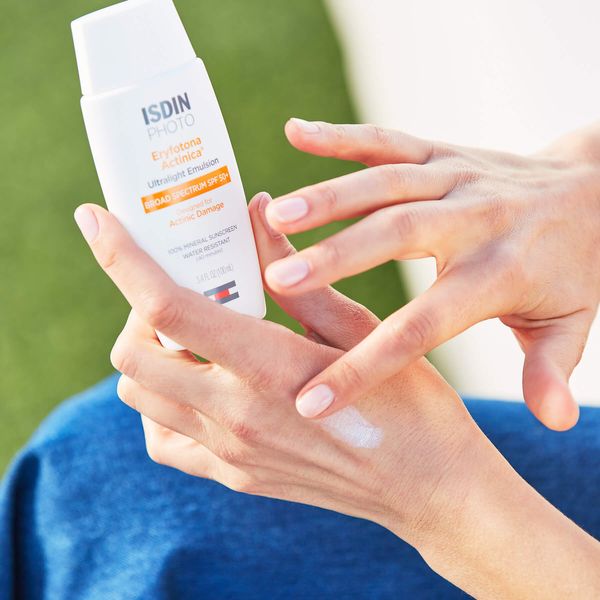
Doft favors sunscreen with physical blockers that contain zinc or titanium and is a fan of this one from Isdin, which she always recommends to patients after Mohs reconstruction surgery (a skin-cancer treatment). Doft calls this formula "extremely lightweight" to put on. There's also a tinted version of this sunscreen.
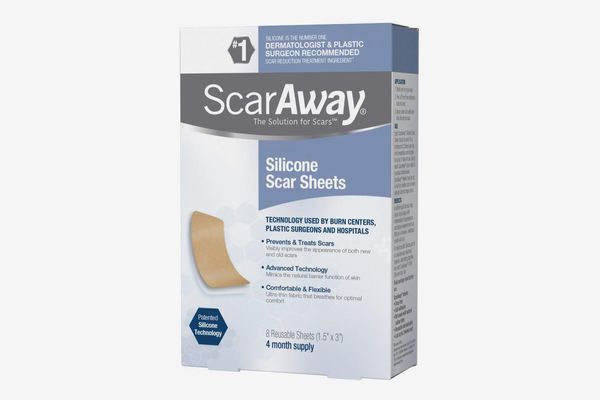
The ideal time to start treating the scar is a week or two after an injury or a surgical incision. All our experts recommend using silicone-based patches (called sheeting) or gels (more on those to come) to treat scars in the early stages of formation. "Silicone sheets are very effective in treating scars, providing an optimal dressing for helping scars heal," says Karp. These are more effective than popular onion-extract-based products like Mederma. According to Howe, silicone-based topicals are "the simplest OTC treatment for raised, or hypertrophic, scars." He says that they work "by exerting a small amount of compressive pressure on the scar, making it flatten and/or soften." Although there aren't definitive medical studies that prove that silicone works best, the dermatologists we spoke to said there are studies and other evidence that show that applying silicone products on a daily basis helps scars maturate appropriately and minimizes cosmetic damage. Dermatologist Caroline Robinson, founder of Tone Dermatology, says the theory behind silicone is that it "mimics our skin barrier and it really helps to lock and trap moisture." Chwalek, Karp, Cela, and Fishman all recommend ScarAway, which comes in sheets (as well as a gel). The sheets are self-adhesive, making them a convenient overnight treatment (no gel-covered skin touching your sheets), and reusable. Consistency — and patience — is key when using silicone sheets. Kikam says you must be able to commit to wearing them anywhere from 8–24 hours each day (changing out the sheet daily) for several months to see results. Experts add that ScarAway sheets may also help minimize the appearance of old scars too.
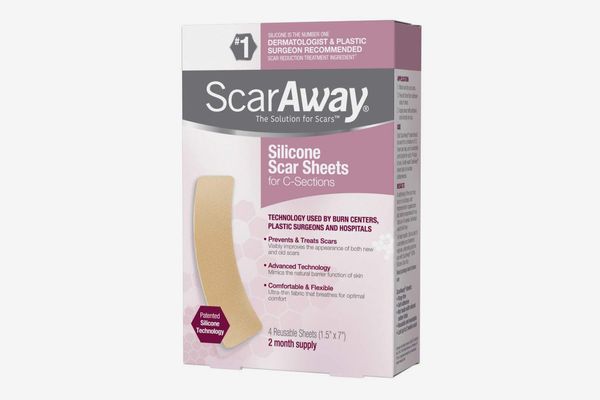
For those recovering from a C-section, Fishman particularly likes these strips, which are conveniently precut to the length and width of the average C-section scar. "Every woman who has a C-section should use silicone sheets, in my opinion," says Fishman, who adds that those scars have a high rate of becoming hypertrophic (raised and often red in color).
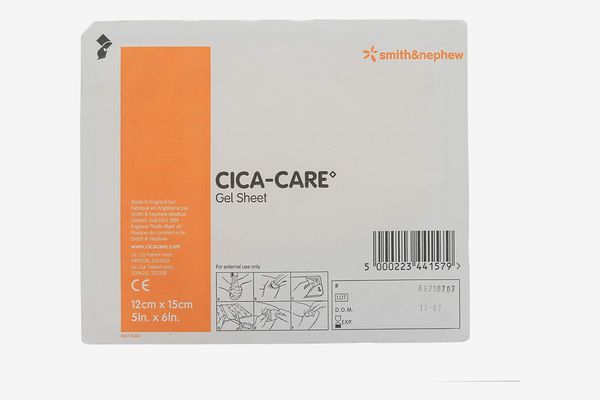
Howe agrees that silicone-based sheets are an effective treatment. He particularly likes these ones, which he says are easy to use: "The sheets are self-adhesive, so no cumbersome dressing or bandages are required. Just trim the sheet to a size slightly larger than the scar to be treated, and apply overnight." Like ScarAway's sheets, he says, "the silicone in these exerts a gentle pressure that flattens raised-up scars." Elliot Weiss, a dermatologist at the Laser & Skin Surgery Center of New York, also recommends CICA-Care silicone sheets, adding that they're especially "useful to prevent hypertrophic or thickened scars."
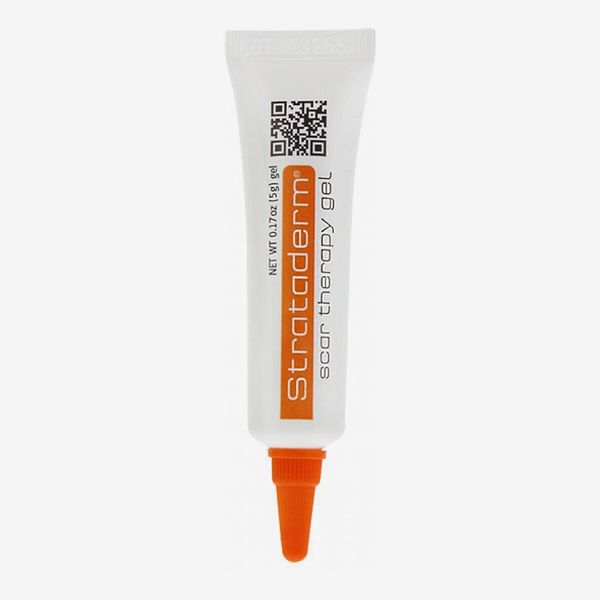
For smaller or irregularly shaped wounds, you might prefer using a silicone-based gel over a sheet. When it comes to gels, Howe and Dr. Adarsh Vijay Mudgil of Mudgil Dermatology both recommend Strataderm. "It consists of a blend of silicones in a topical gel that you put on once daily without any sticky mess," says Howe. The transparent gel both hydrates and protects scars, while the pressure from the silicone helps raised scars that "contain a good deal more collagen than normal skin" become "flatter and less hard," according to Howe. Strataderm can also help reduce redness. Mudgil agrees that "topical gels containing silicone can improve the appearance of scars by reducing thickness and redness." He likes Strataderm because it's "quick drying" and "does not contain any ingredients that can cause allergy or irritation," but notes, "tropical treatments really only provide benefit in the very early stages of scar formation." During this time, Mudgil advises applying any gel to a scar daily.
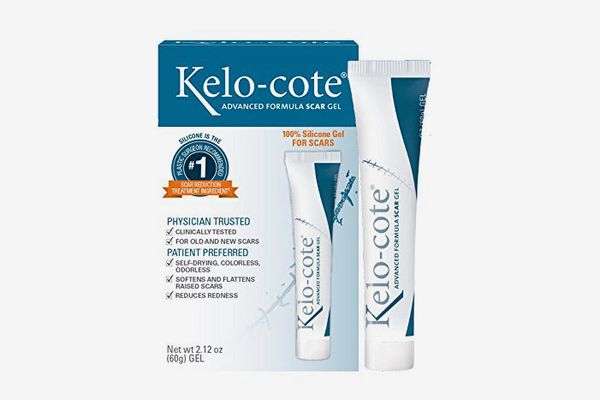
Cela and Chwalek recommend Kelo-cote, a silicone gel that forms a protective barrier over the scar. For best results, it should be applied to an already healed wound twice to several times a day for two to three months.
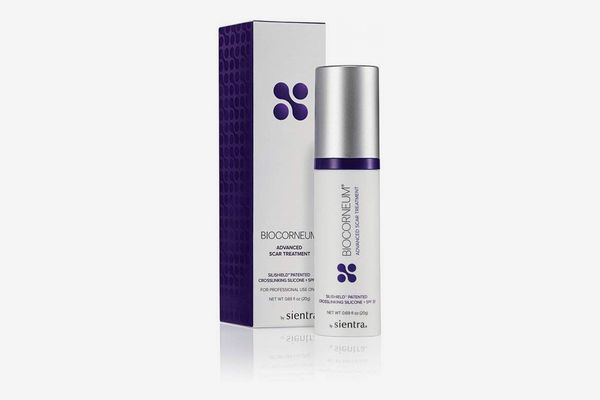
Another gel product Cela and Chwalek recommend is Biocorneum. It has the added benefit of being SPF 30, so it protects both old and new scars from discoloration and redness caused by the sun. It's also a gel that Levine recommends to patients since "silicone plus SPF is an ideal combination for scar management."

Rounding out our list of expert-recommended silicone gels is Pro-Sil, which Cela likes because it comes in a glide-on stick for easy application on the go.
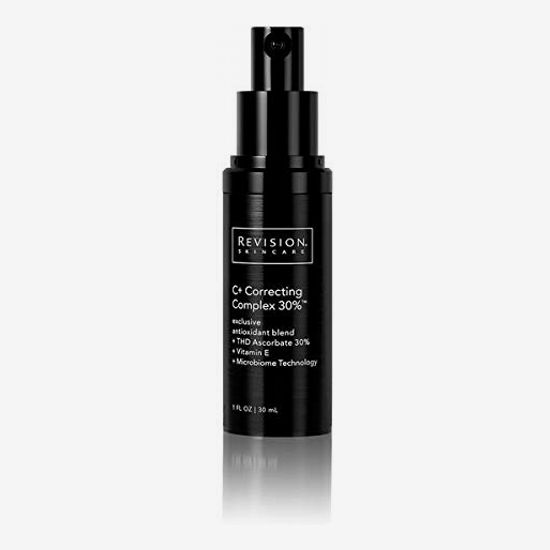
Even after wounds have healed, you may still be dealing with hyperpigmentation. According to Robinson, these areas of discoloration — commonly seen with acne scars — are often caused by underlying inflammation. "There is often some component of inflammation under the surface of the skin that's allowing that hyperpigmentation to be persistent," she says. To treat these red and brown spots, she looks for products rich in antioxidants that improve both hyperpigmentation and the skin's overall health. She likes the Revision C+ Correcting Complex serum because "it addresses both brown and red spots, and it addresses skin quality through the antioxidant function."
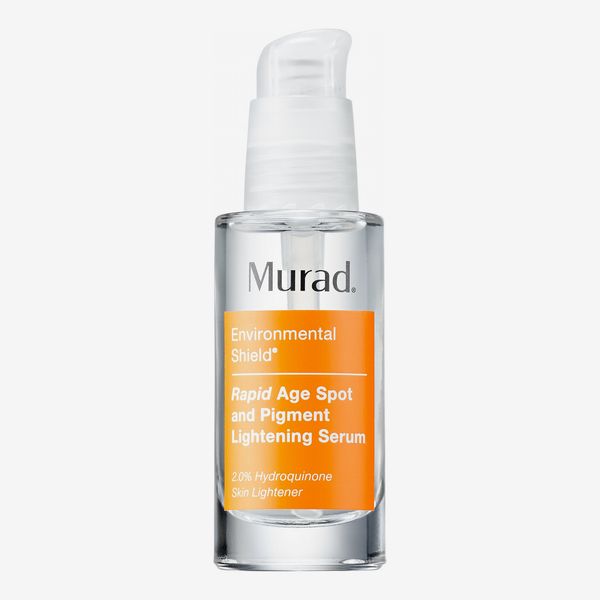
Along with brightening antioxidant products, dermatologist Charlotte Birnbaum of Spring Street Dermatology, recommends hydroquinone — a lightening agent that decreases pigment production — for dark scars and hyperpigmentation. There are more potent prescription medications with hydroquinone, but for an effective over-the-counter option, she likes this Murad serum.
The Strategist is designed to surface the most useful, expert recommendations for things to buy across the vast e-commerce landscape. Some of our latest conquests include the best acne treatments , rolling luggage , pillows for side sleepers , natural anxiety remedies , and bath towels . We update links when possible, but note that deals can expire and all prices are subject to change.
Every editorial product is independently selected. If you buy something through our links,New York may earn an affiliate commission.
How To Get Rid Of Scars On Lips
Source: https://nymag.com/strategist/article/best-scar-removal-creams.html
Posted by: zimmerandreas.blogspot.com

0 Response to "How To Get Rid Of Scars On Lips"
Post a Comment